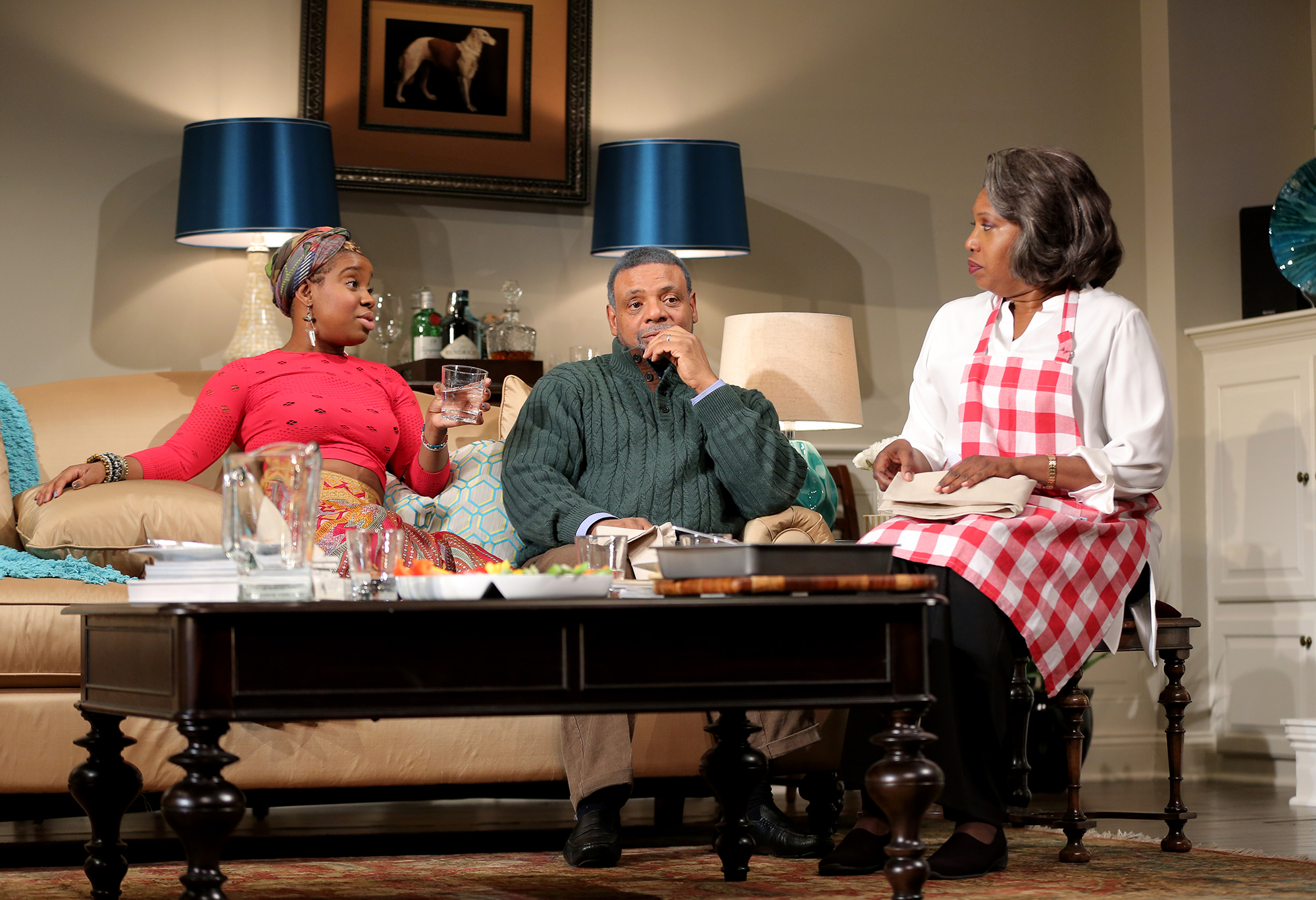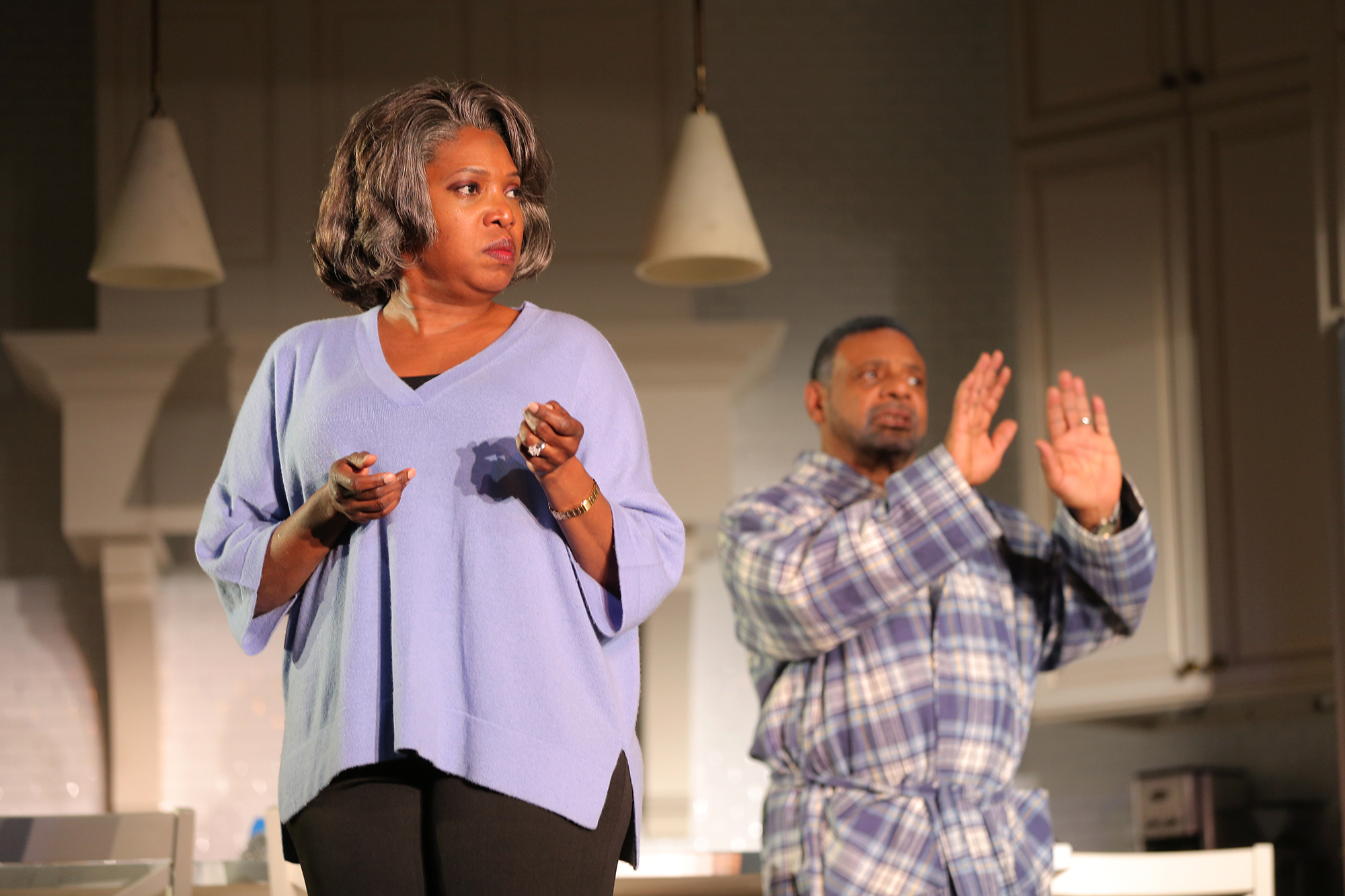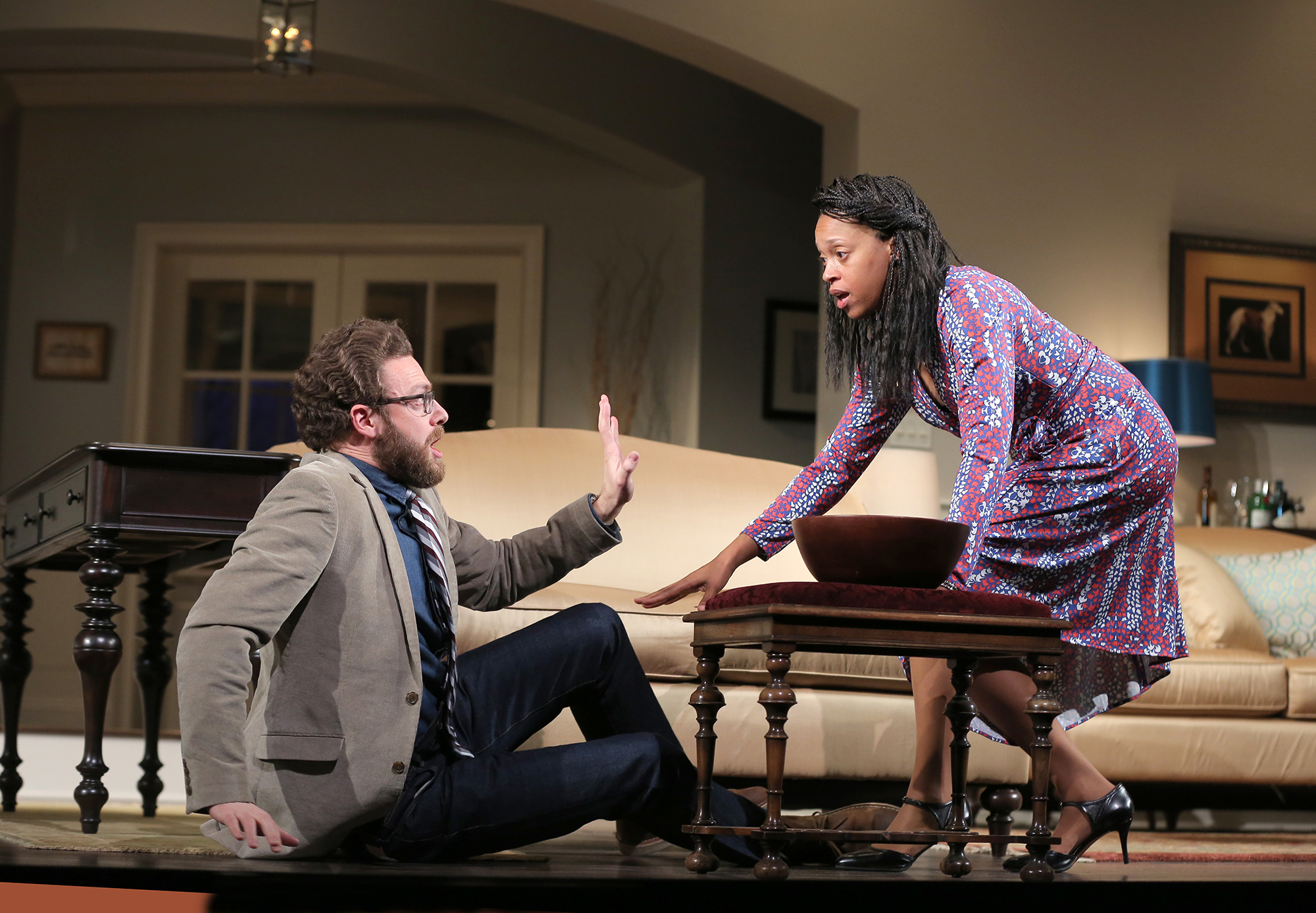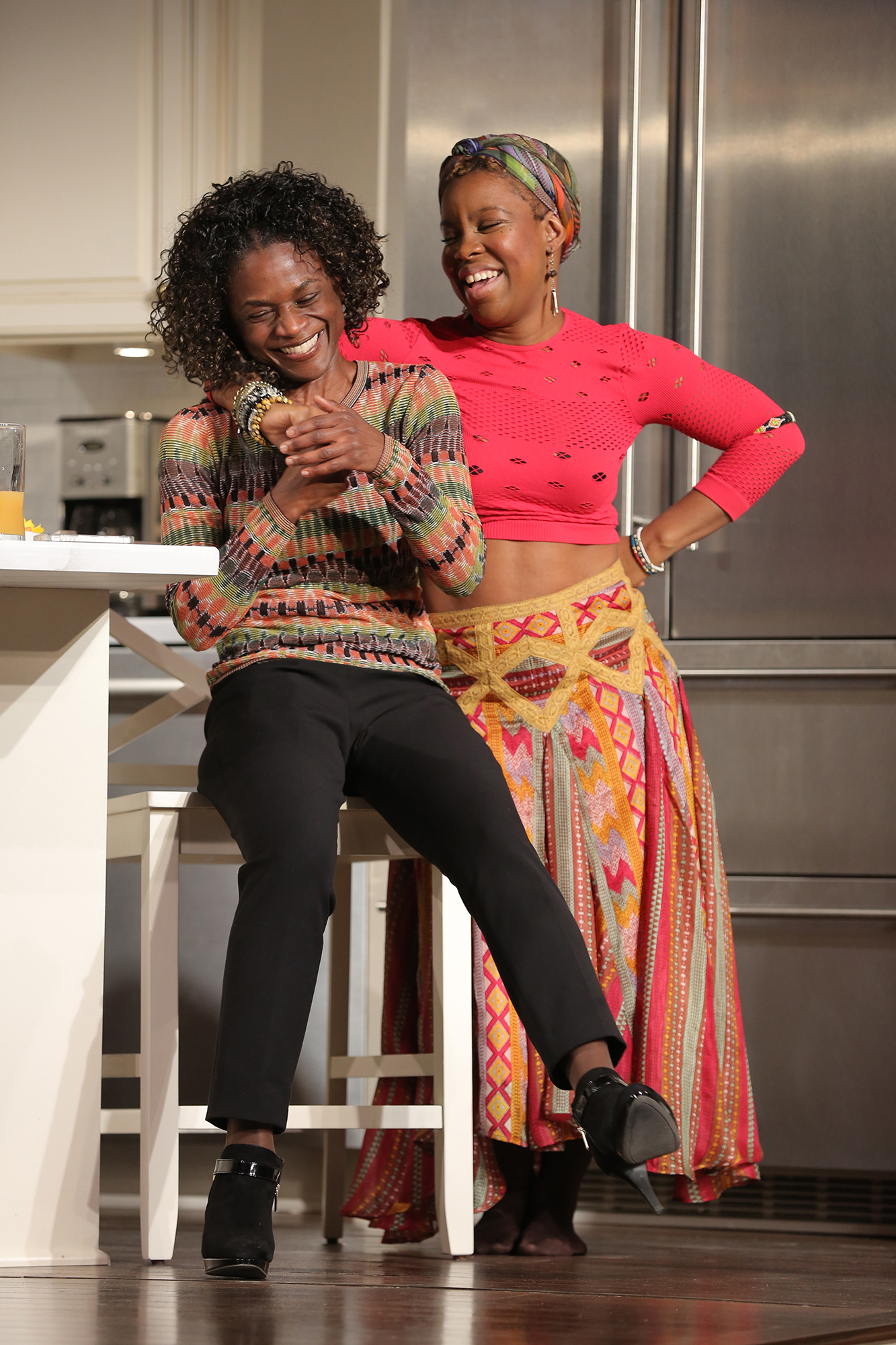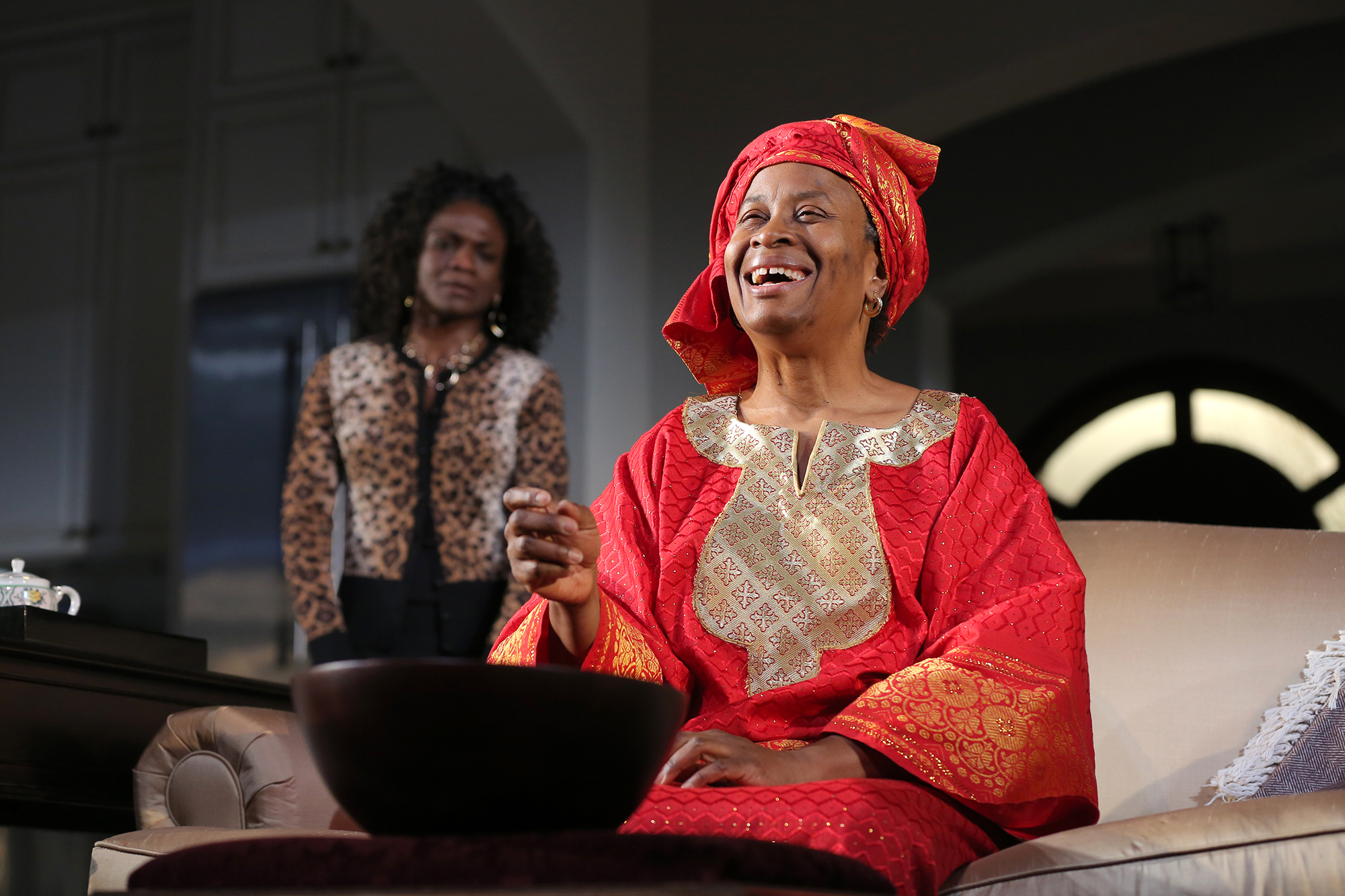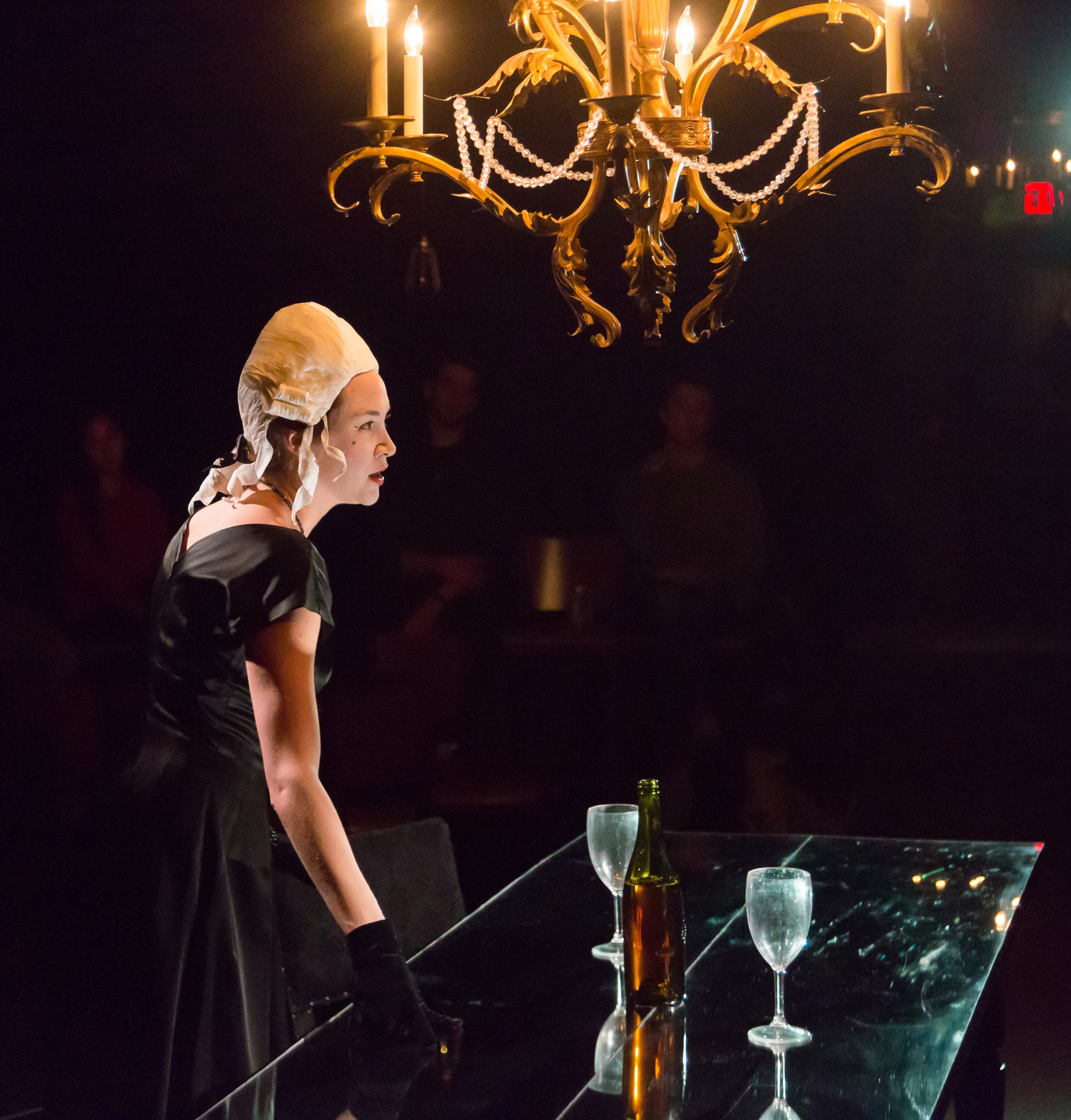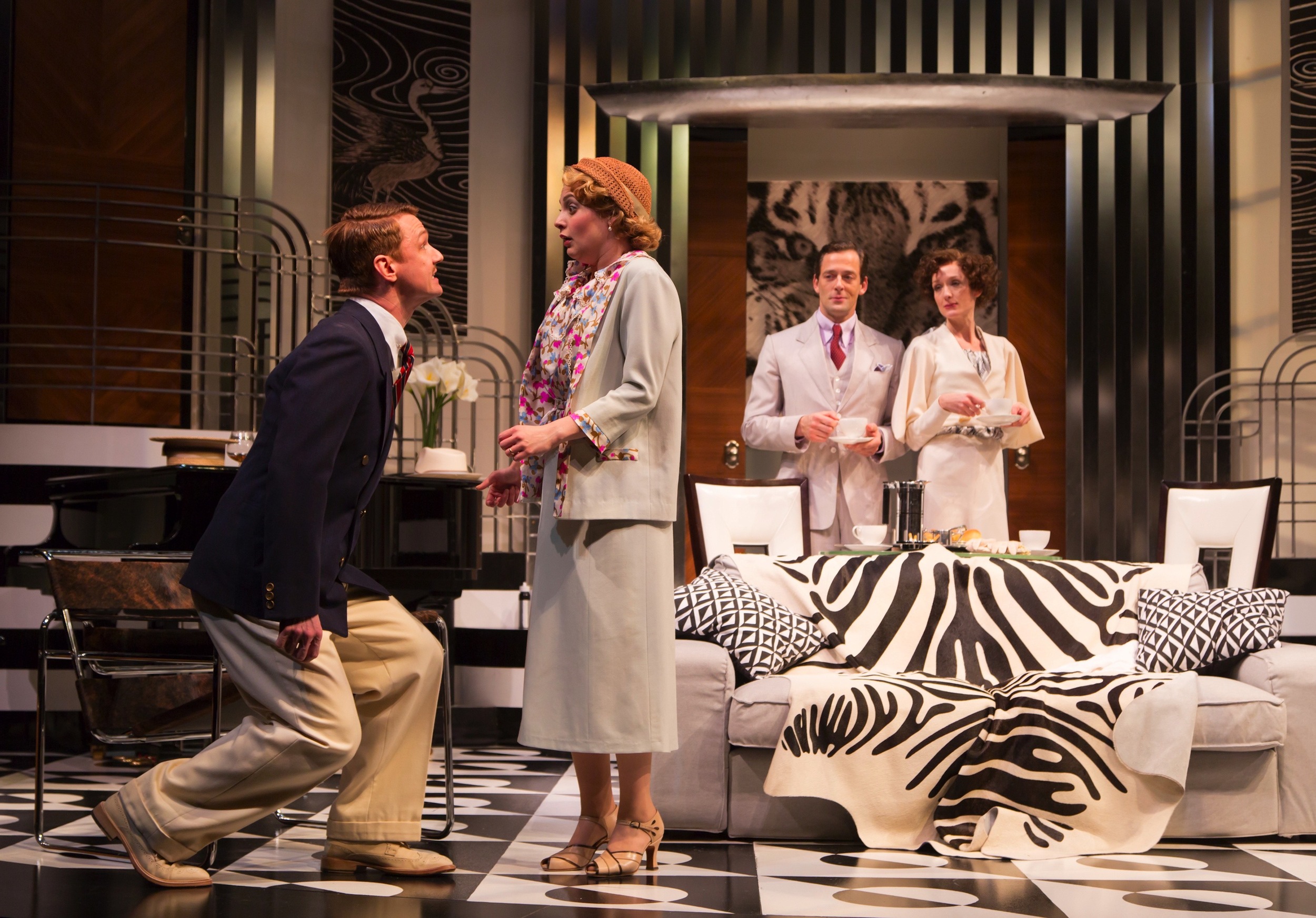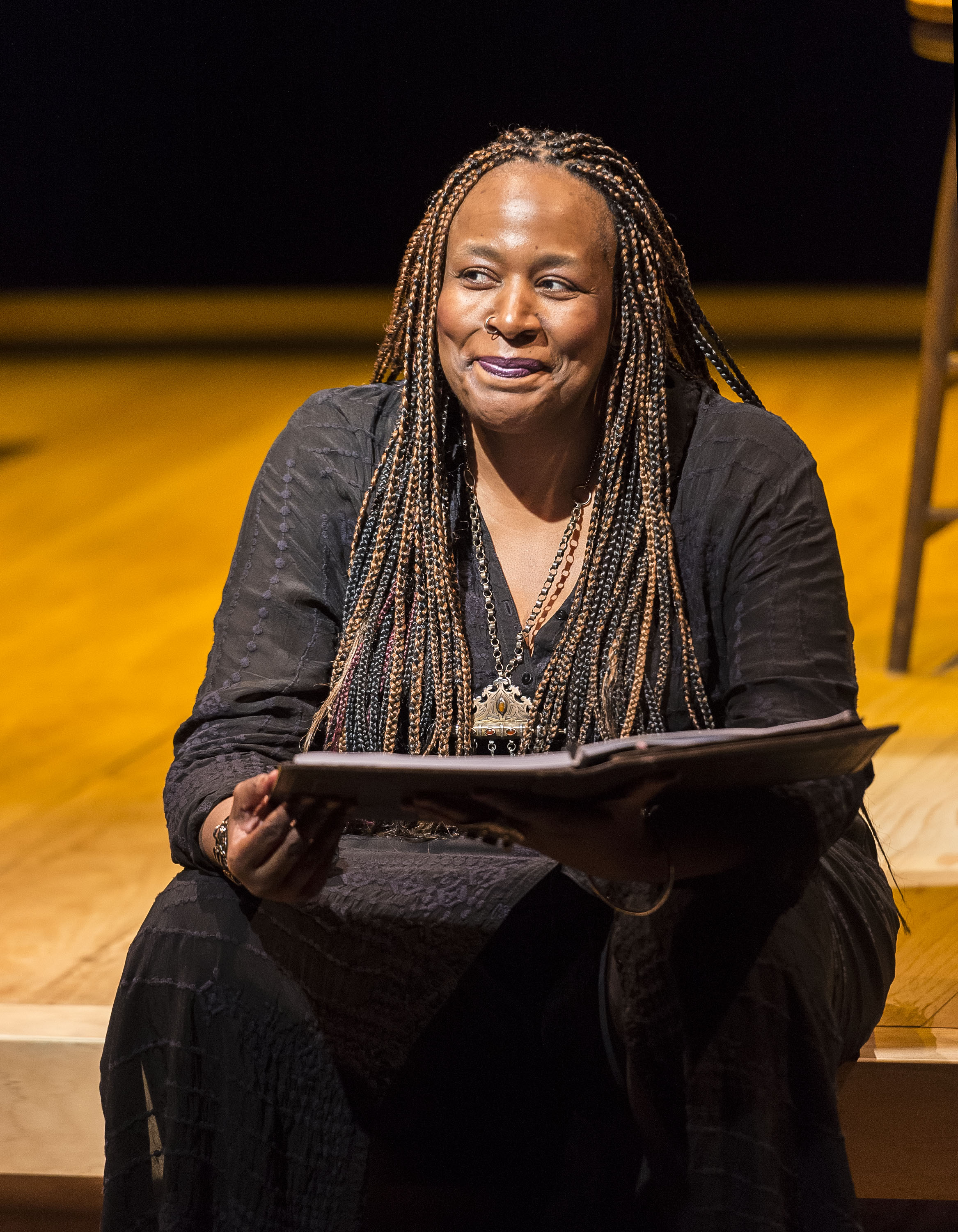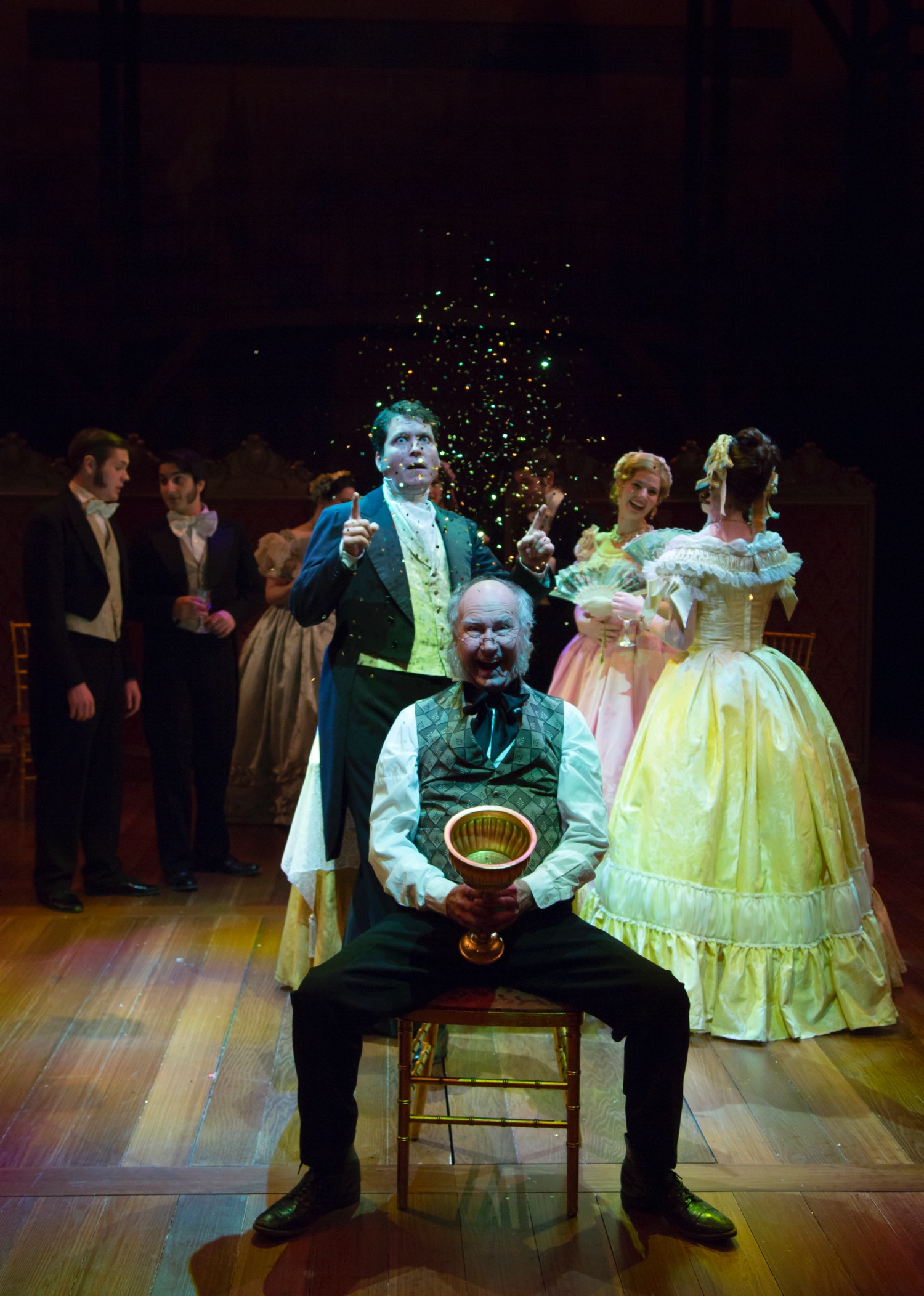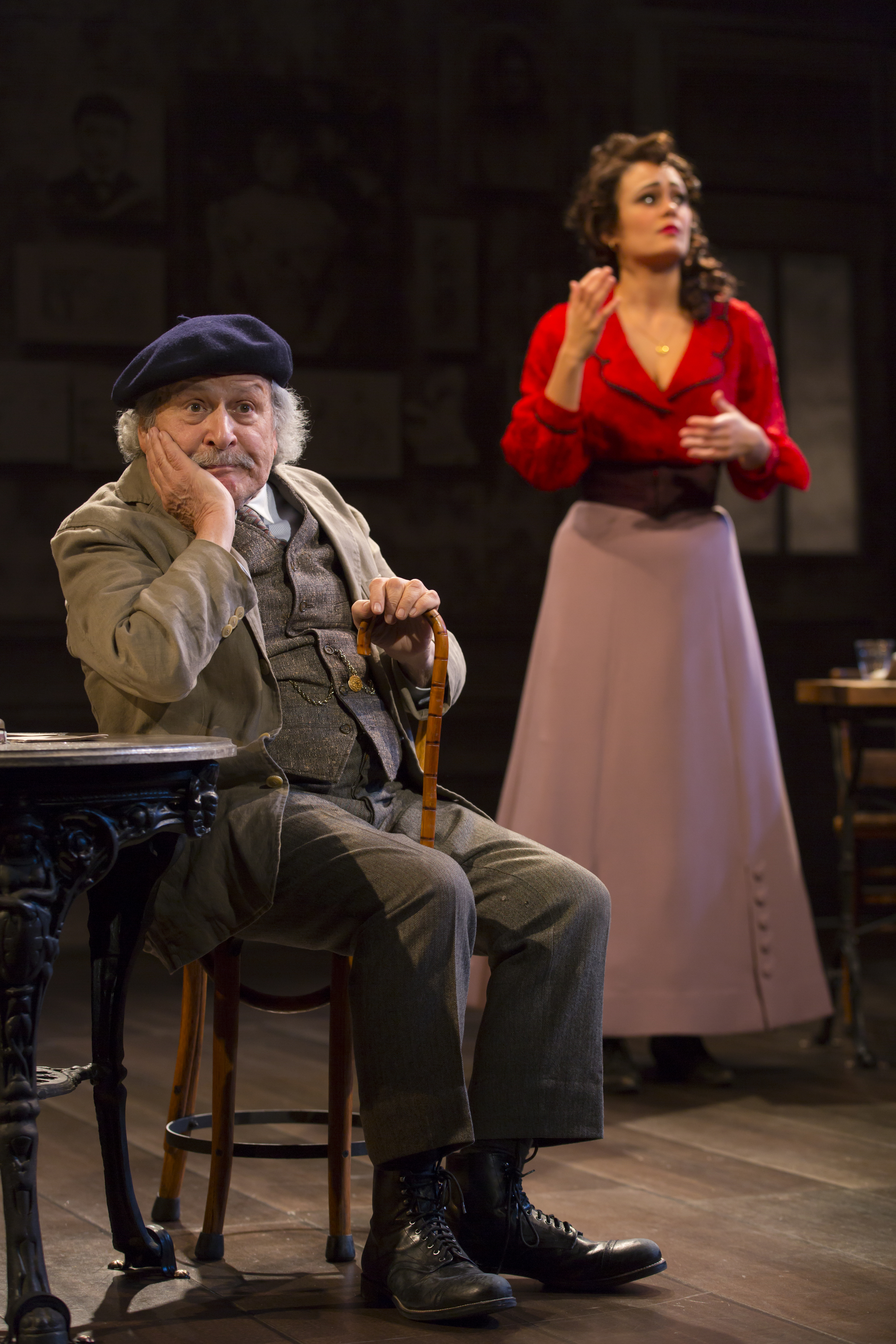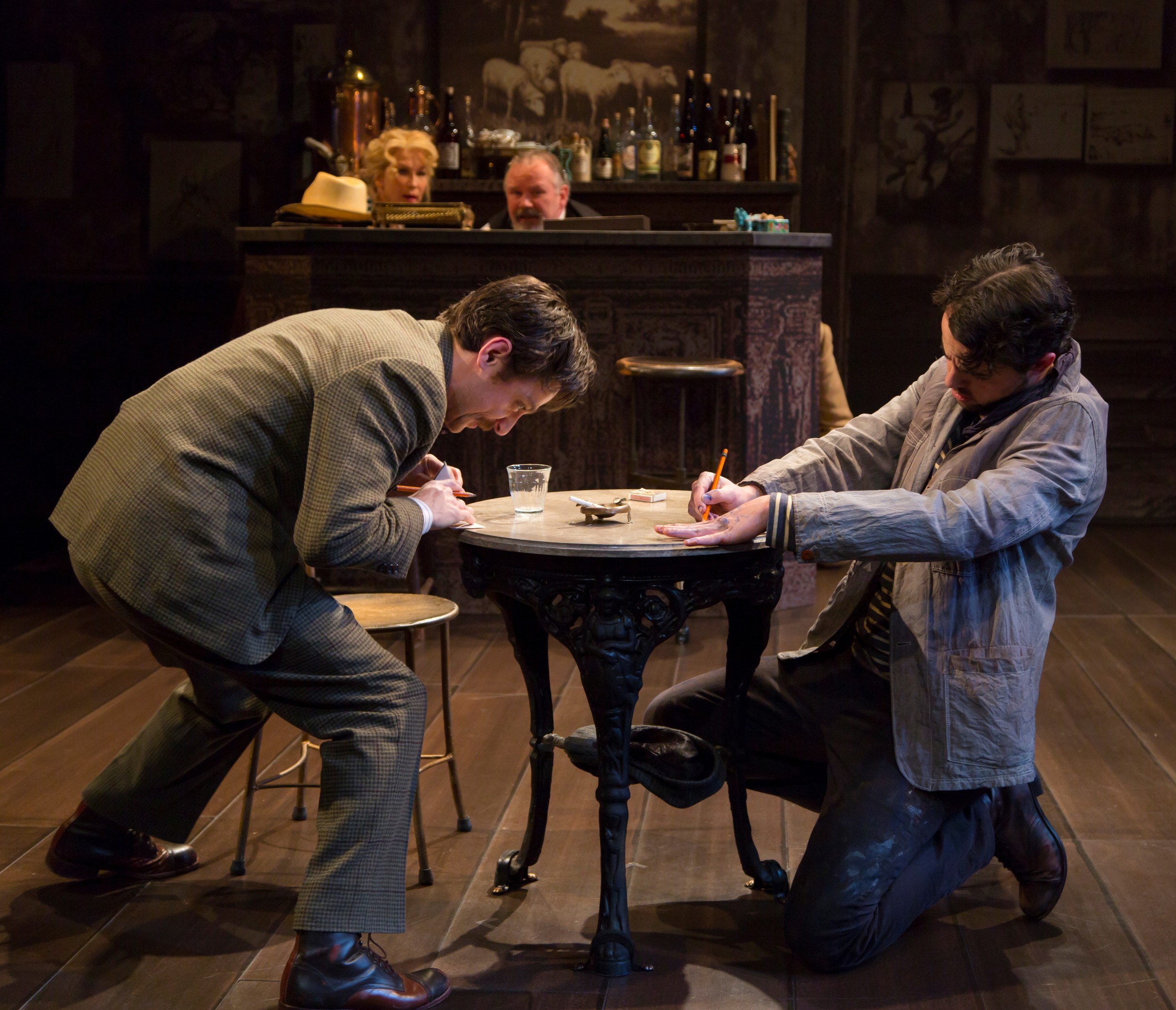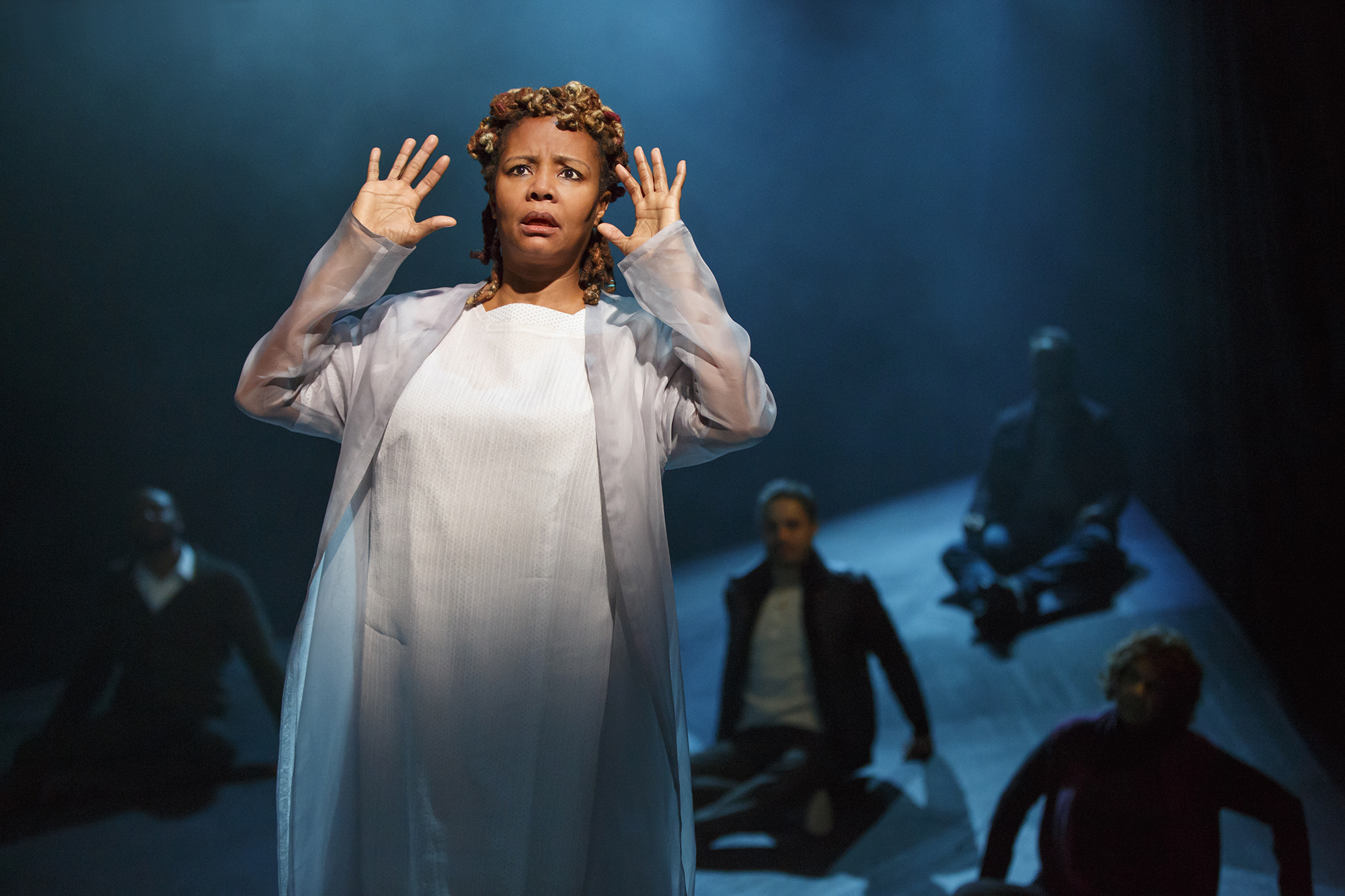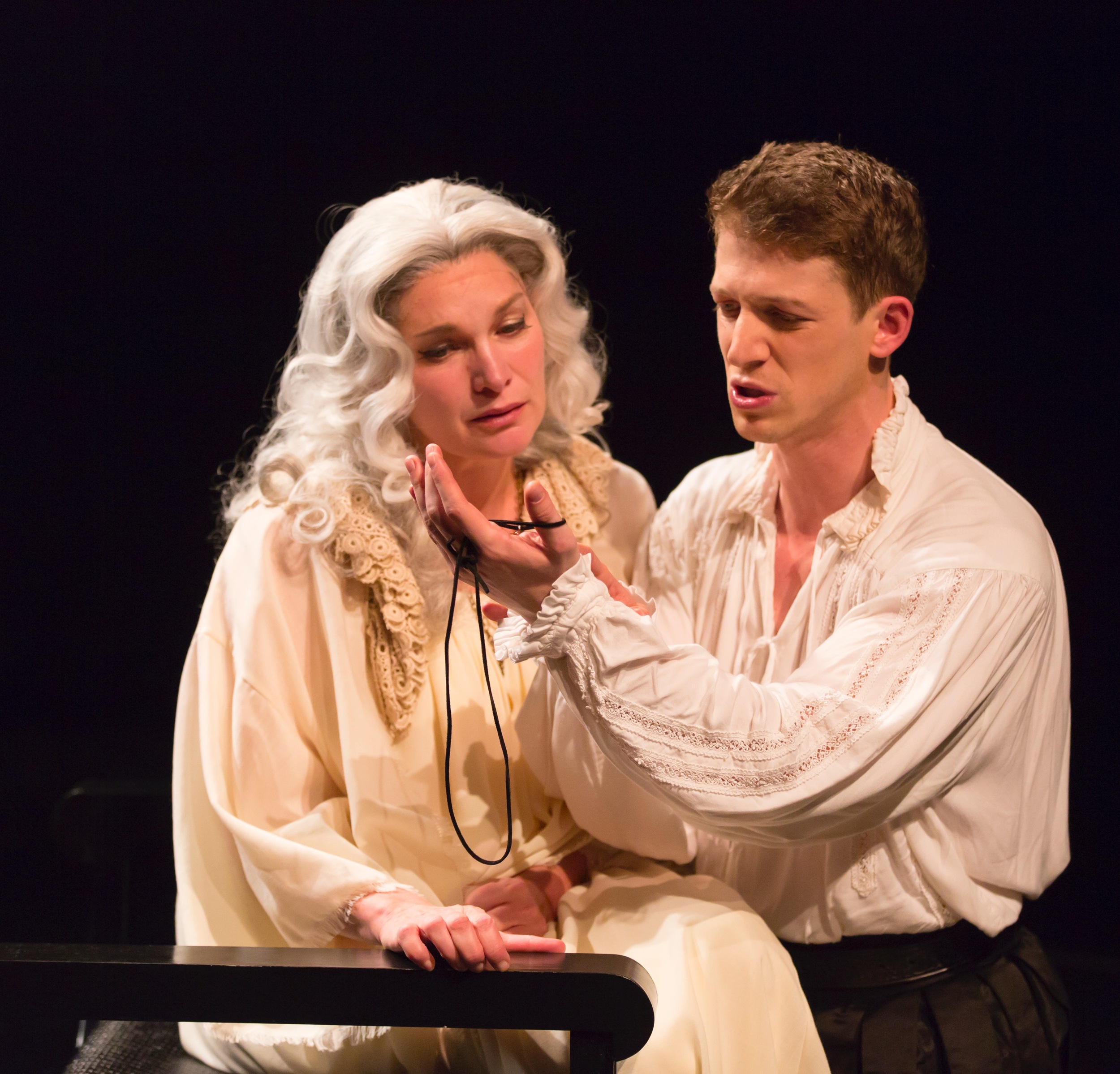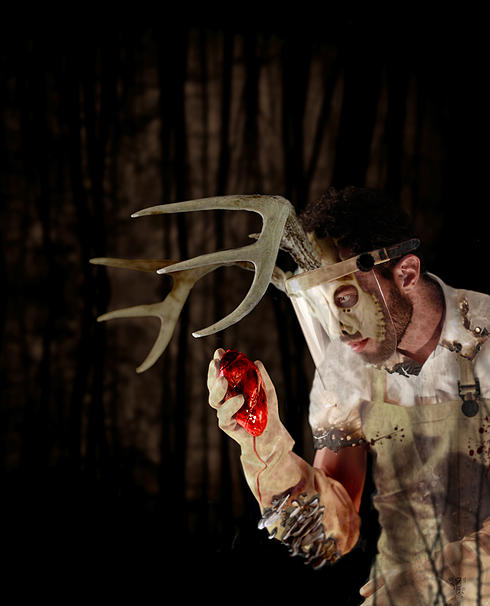For the third February in a row, the Yale Cabaret became, for one night only, the “Yale School of Drag.” The annual event lets Yale School of Drama students transform themselves from one gender to the other, or to somewhere in between. Most of the numbers, in the manner of many drag performances, are lip-synched to well-known songs, songs that help create interesting tensions between the actual performer of the song—on the recording—and the flamboyant appearance of the performer before us. “Us,” is an audience that, for the most part, are friends and familiars of the performers, shouting, hooting, stretching out yearning hands to proffer dollar bills at whichever figure most stirs our fancy. The show gets three performances—8 p.m, 10 p.m., midnight—with the final show, this year, occurring in the first hour of Valentine’s Day, which, perhaps, added a bit more eros to the proceedings. In any case, as one habitué put it, the midnight show is “always drunker and sloppier,” and that’s the one I attended.
More raucous too, maybe, which means that sometimes, even with the performers miked—which is not usually the case at the Cabaret—it was easy to miss some of the banter. Our hostesses, James Cusati-Moyer and Ato Blankson-Wood, as “flawless” (Beyoncé), super hot “bad girls” (M.I.A.), sported a series of dazzling changes of costumes, wigs, make up, establishing a standard of glamour that spoke for itself and that future productions will be hard-pressed to match. The guys-as-girls were joined by two girls-as-guys: Emily Zemba and Kelly Kerwin sported male drag that resembled the cool, cute-guy regalia of doo-wop groups. The staging of the show boasted a low catwalk that, it was pointed out, resembled a phallus, and an overhead light array pulsed and shimmered and exploded in orgasmic arrays of color.
“Dragaret,” as it was dubbed, offers an opportunity for as many students as possible to strut their stuff as cross-dressers, but the point of the strutting is to try on a variety of “gender styles” abroad in our culture—and, as with a real drag show, to curry favor with the audience. In a sense, each new act is a come-on, an invitation to be caught up in the charms of a particularly effective self-styling. Some of the pop culture reference points were clearly chosen for maximum familiarity and fetishizing: Fabian Aguilar won many hearts as Ursula from Disney’s The Little Mermaid, complete with raised tentacles, putting it out there to April Smith’s “Terrible Things”; Sara Holdren strode out of many a childhood fantasy as David Bowie’s character in Labyrinth, rocking “Magic Dance.”
Sometimes the choices were deliberately laughable: The Cab’s Artistic Directors, Hugh, Tyler, Will, and Managing Director, Molly, as with any Cab show, welcomed the audience and presented the fire speech, but arrayed as queens of comedy, TV’s Golden Girls. In other cases, there were mixed emotions, as in a bearded and page-boyed Ben Fainstein vamping to Patsy Kline’s heartfelt “Three Cigarettes in an Ashtray,” complete with giant-size ashtray and cigarettes, or Kristen Ferguson’s show-stopping striptease—denuding herself of an oversize beard, huge fright wig, falsies, gown, and boots—to Radiohead’s popular song “Creep,” with its grand heart-on-a-sleeve gestures, “I’m a creep, I’m a weirdo / What the hell am I doing here?” In its effective matching of music, visuals and emotion, Ferguson’s number was a highpoint of the show.
Other memorable moments? I’d be remiss if I didn’t mention four male dramaturgs—Taylor Barfield, David Bruin, David Clauson, Nahuel Telleria—in stylish female drag, accompanied by a female dramaturg, Ashley Chang, as a giant plush penis, pulsing to “Lady Marmalade,” or Helen Jaksch’s very effective solo number, “Le Jazz Hot,” with half of her in male drag and half in female drag, or Jean Kim, accompanied by her posse, Rasean Davonte Johnson and Sean Walters, wowing the crowd with crisp Psy moves to the Korean YouTube hit “Gangnam Style.” The one song of the night actually sung, with Farrell in Joni Mitchell mode on acoustic guitar joining Kerwin and Zemba as “Kenni and the Z notes” on vocals, was Laura Marling’s “Night After Night,” a morose love song a bit lost amidst an audience at times more vocal than the performers. A spoken portion of the program, styled after the TV show Laugh-In, offered jokes that worked when risqué, but preferred to risk the corniness of Rowan and Martin (“Why couldn’t Mozart find his music teacher?” “He was hidin’.”)
The Yale School of Drag originated three years ago when Ethan Heard, the Artistic Director of Yale Cabaret for 2012-13, proposed a night of drag. That year the show happened to coincide with a record-breaking blizzard. The weather was kinder this year, merely bitingly cold. Since the School of Drama is a three-year program, this year marks the last appearance of some who were there at the start. Hosts Blankson-Wood, Cusati-Moyer, Kerwin, and Zemba—all third years—brought it on home for the class of 2015 in style.
As a night to show-off costumes, make up, and the considerable technical skill required for 15 different acts and at least 30 performers, Yale School of Drag continues to gain in extravagance. The guiding idea seems to be that gender is a question of appearance and effect, and, in some ways, always a performance. These spirited performers, some so very clearly at home in their guises, dismiss the notion of the sexes as “opposites” and create a very playful sense of the theatrical possibilities of the in-between.
Yale Cabaret February 13, 2015

